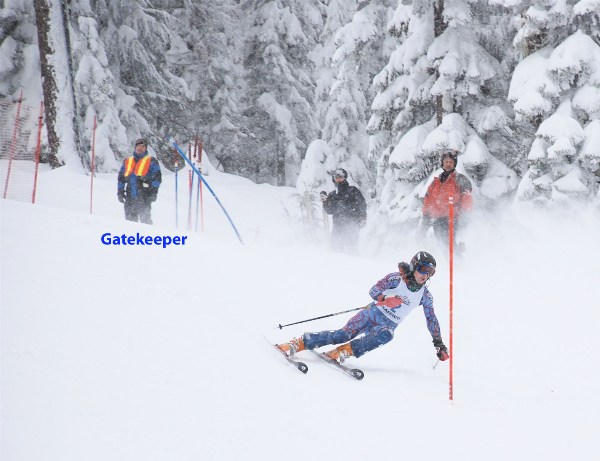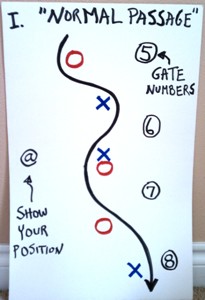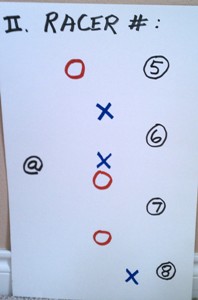METRO SKI LEAGUE GATEKEEPER TRAINING VIDEOS 
Metro ski league website
Metro ski league facebook

We made this webpage to help educate you about high school ski racing and to help teach you how to be an effective gatekeeper. For most of you, you probably have a skiing background, but probably don't know a whole lot about the rules of high school ski racing. We created a few videos to teach you the basics and to help answer your questions about your role as a gatekeeper. In our sport, it may take as many as 30 parents/volunteers to put on a high school ski race. Most parents end up with gatekeeper duty once or twice per season.
The videos are broken into segments and posted on youtube. Some of the video segments are GS (Giant Slalom) specific and others are Slalom specific. And some of the video segments apply to both events. We suggest you watch them in the order we have laid out for you. Just to state the obvious, if you are scheduled to be a gatekeeper for a GIANT SLALOM event, you would just watch those 4 videos. And if you are scheduled to be a gatekeeper for a SLALOM event, you would just watch those 4 videos. *Video parts 2 & 4 apply to both GS and Slalom.
*12/12/13 update: The metro ski league rules have changed in Giant Slalom (GS) since the production of these gatekeeper training videos. In a nutshell, GS only uses outside gates in these 3 cases: 1. The very first gate. 2. The very last gate. 3. Delay gates that might be set somewhere in the middle of the course. In all other cases, there will just be the turning GS gate and no outside gate. Keep that in mind when watching the Giant Slalom videos. And please talk to your coaches if you need clarification.
New rule beginning with the 2023 Metro Ski League season, regarding 'hiking in GS'. Take a look.






